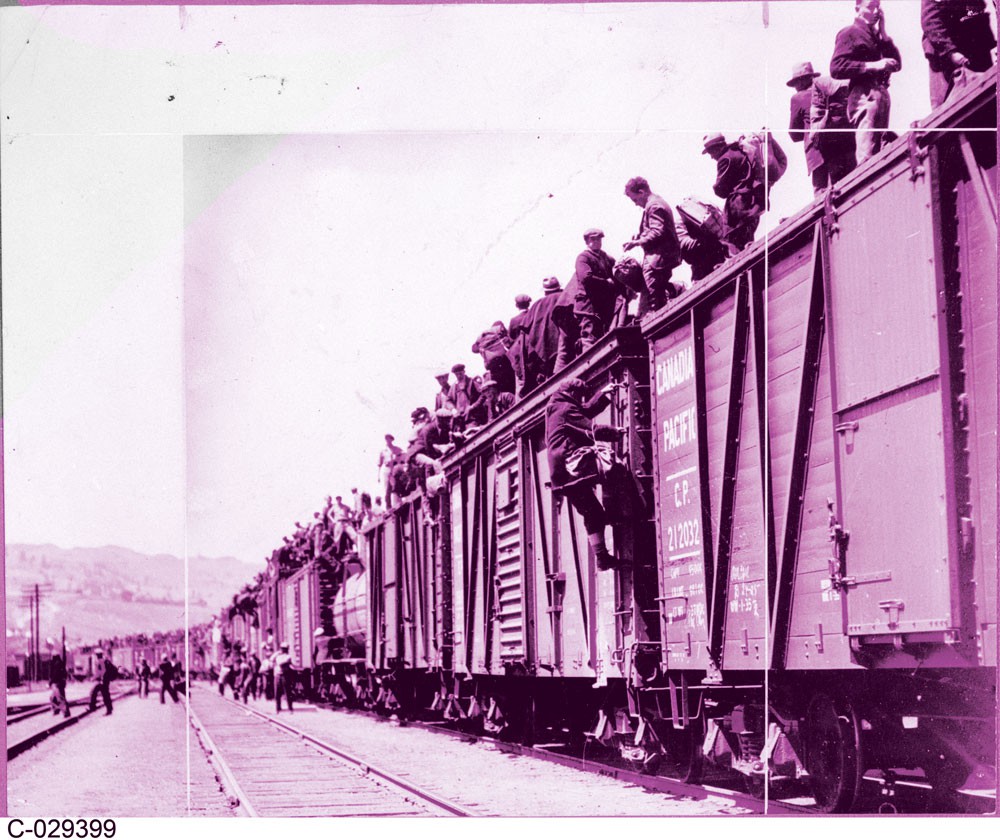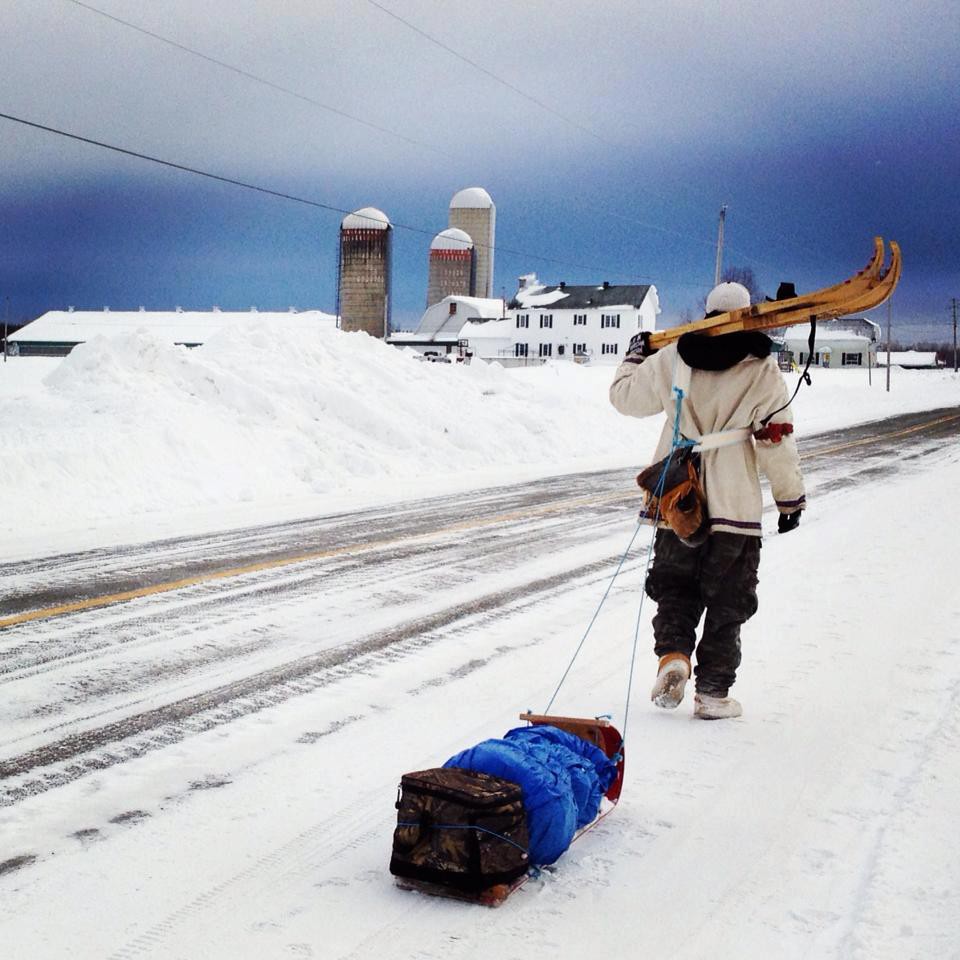
On the afternoon of July 1, 1935, the RCMP with support of city police opened fire on what had been a peaceful rally of On-to-Ottawa trekkers and city residents in downtown Regina. In the ensuing fight between the people and the police, the Queen City got its 15 minutes of fame with the Regina Riot, an event of coordinated state violence against people who had dared to organize and assert their dignity.
The original trekkers had set out in early June from Vancouver, a city founded on unceded Indigenous land in a frenzy of real estate speculation coinciding with the completion of the transcontinental railway. Following a suggestion from the floor at a May 30 assembly of the unemployed, some 1,500 men jumped freight trains en masse to ride the rods eastward, leaning over the granite chasms of the Fraser Canyon, careening through the black-hole tunnels of the Rockies, holding each other for warmth in an insanity of wind as they hurtled over treaty lands, whisked across the steel tracks once laid by hyper-exploited Chinese “guest workers.”
All to arrive in Regina.
The unemployed trekkers, marshalled into disciplined marching divisions by the famed communist (former I.W.W.) labour organizer Arthur “Slim” Evans, were 2,000 strong when their trip was halted in the Prairies under orders of a Conservative prime minister easily as reviled as Stephen Harper is today: the multi-millionaire R.B. Bennett.
Were there any lovers among the hungry young men on those boxcars who clung to straps, to ladders, and to each other? Were there girls dressed as boys who loved other girls dressed as boys in the iron horse night?
*
On January 17, 2013, in -55 C temperatures, the 17-year-old David Kawapit Jr. and five other Cree youth from Whapmagoostui First Nation in northern Quebec set out on foot for Ottawa, 1,600 kilometres to the south. The Journey of Nishiyuu – which means Journey of the People in Cree – began with a vision Kawapit had during Attawapiskat Chief Theresa Spence’s fast. In Kawapit’s vision, First Nations were wolves who united to defeat a bear, the Canadian government. The trek would be a “quest for unity” and help to restore the traditional trade routes between the Cree, Algonquin (Anishinaabe), and Mohawk (Kanien’kehaka). It would also be a journey of personal healing rooted in the youths’ struggles with depression and the loss of family and friends to suicide and substance misuse.

The six youths and a guide had seen their trek grow until it numbered 400 participants by the time they reached Parliament Hill on March 25, greeted by a crowd of thousands. On the cover of this issue of Briarpatch you’ll find the original seven Nishiyuu walkers in their white, hooded coats, journeying together.
Unlike the 1935 On-to-Ottawa delegation headed by Arthur “Slim” Evans, there would be no meeting with the prime minister for David Kawapit Jr. and the Nishiyuu walkers (Harper was in Toronto welcoming two panda bears to the zoo). But then, building social power has never been about securing the ear of a politician – it’s about building our own capacities to act and make history, regardless of who occupies 24 Sussex Drive.
*
One never knows just how an issue of Briarpatch will unfold, what the through line will be from cover art to parting shot. This summer issue is dedicated to loving each other while we’re on the move – to honouring people moved by necessity and by desire. Migrants, mothers, workers, comrades, students, trekkers, but also, always, lovers and friends. Here’s to being patient with each other (and with ourselves) on the journey.


